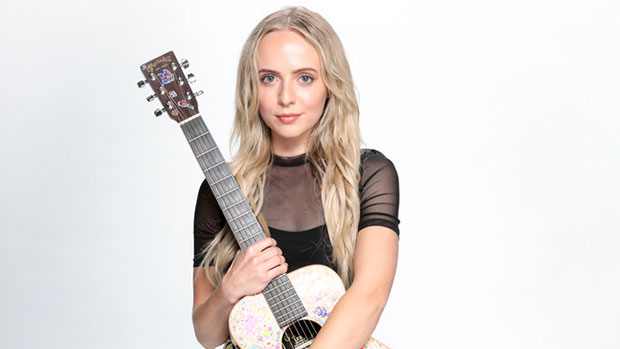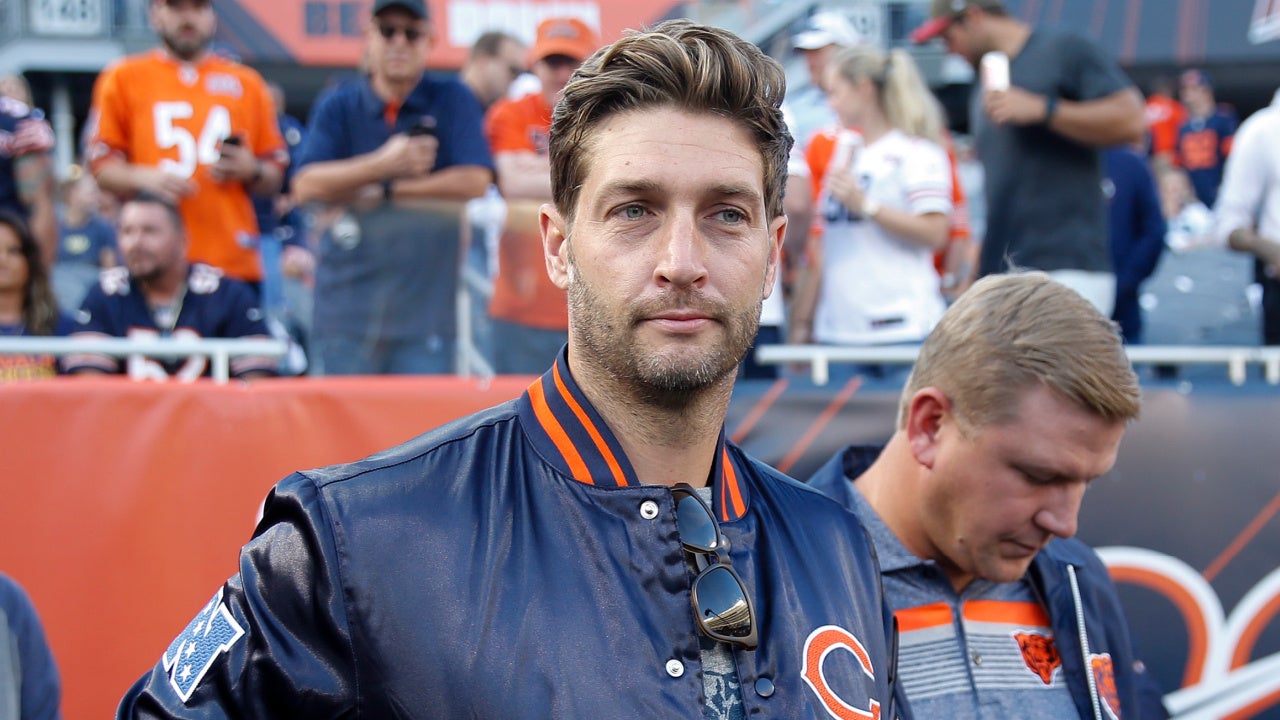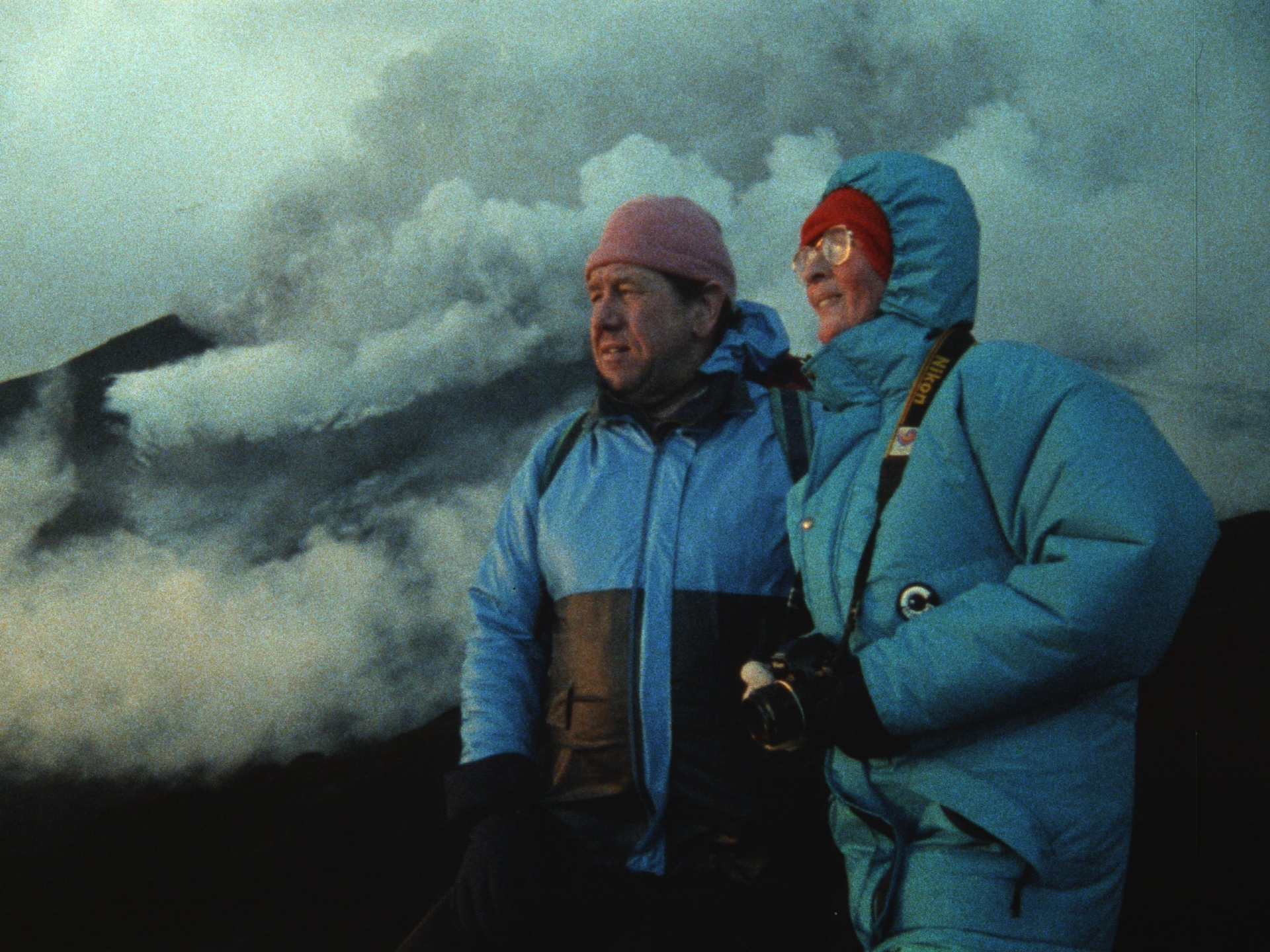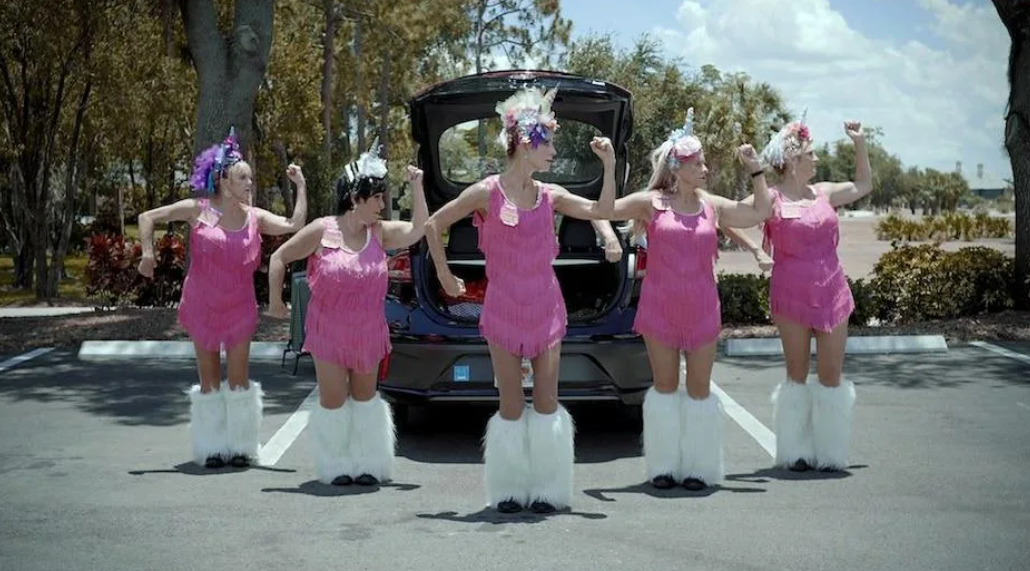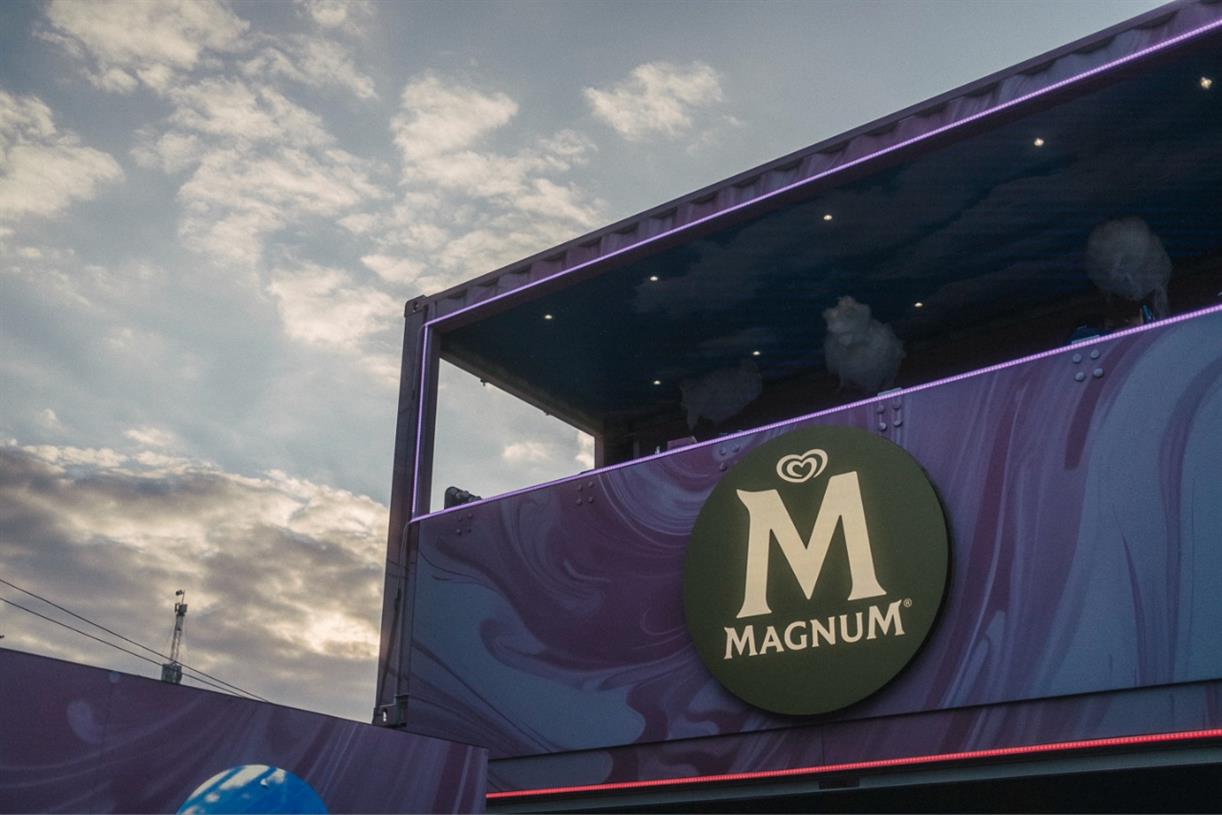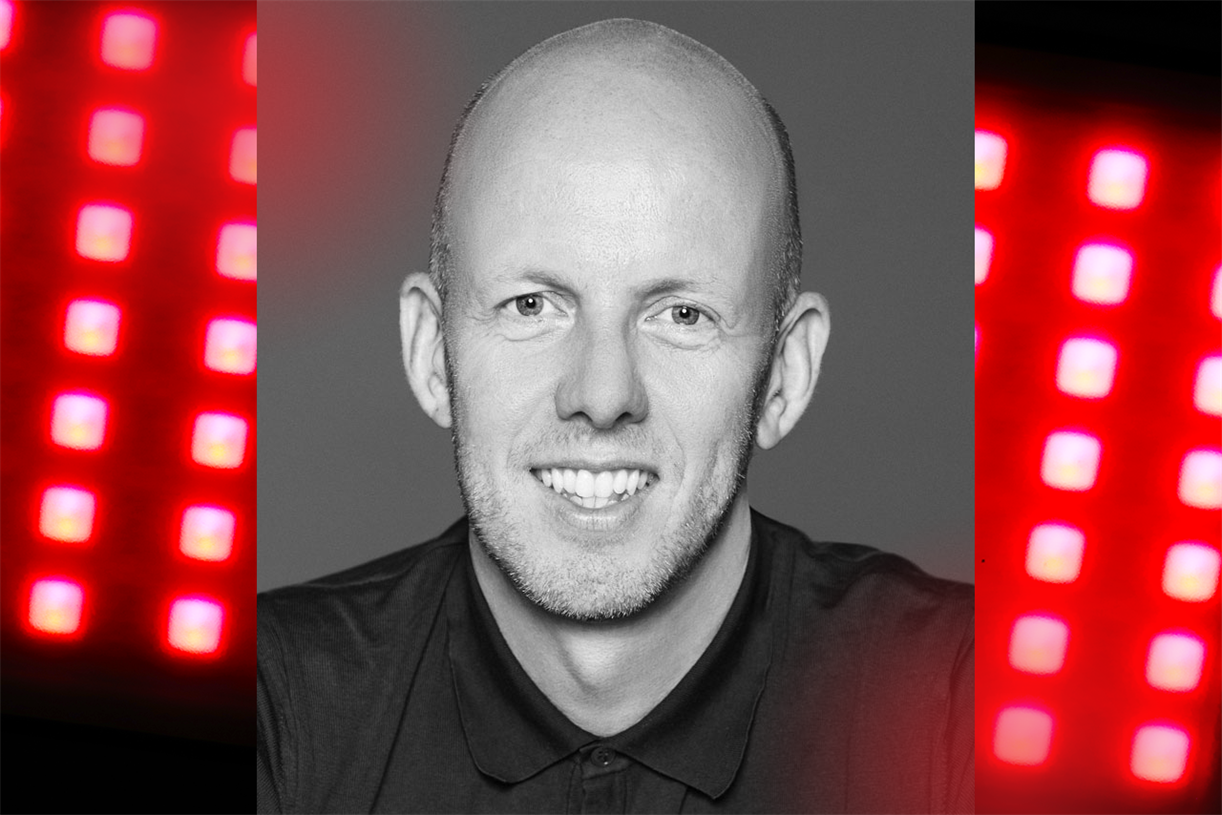An Opinion of Our Own: Web Series Picks
In a media landscape that can feel impossible to get a handle on, with new releases daily across numerous platforms, the role of the critic has never been more vital for individual viewers. When content is pumped out at...
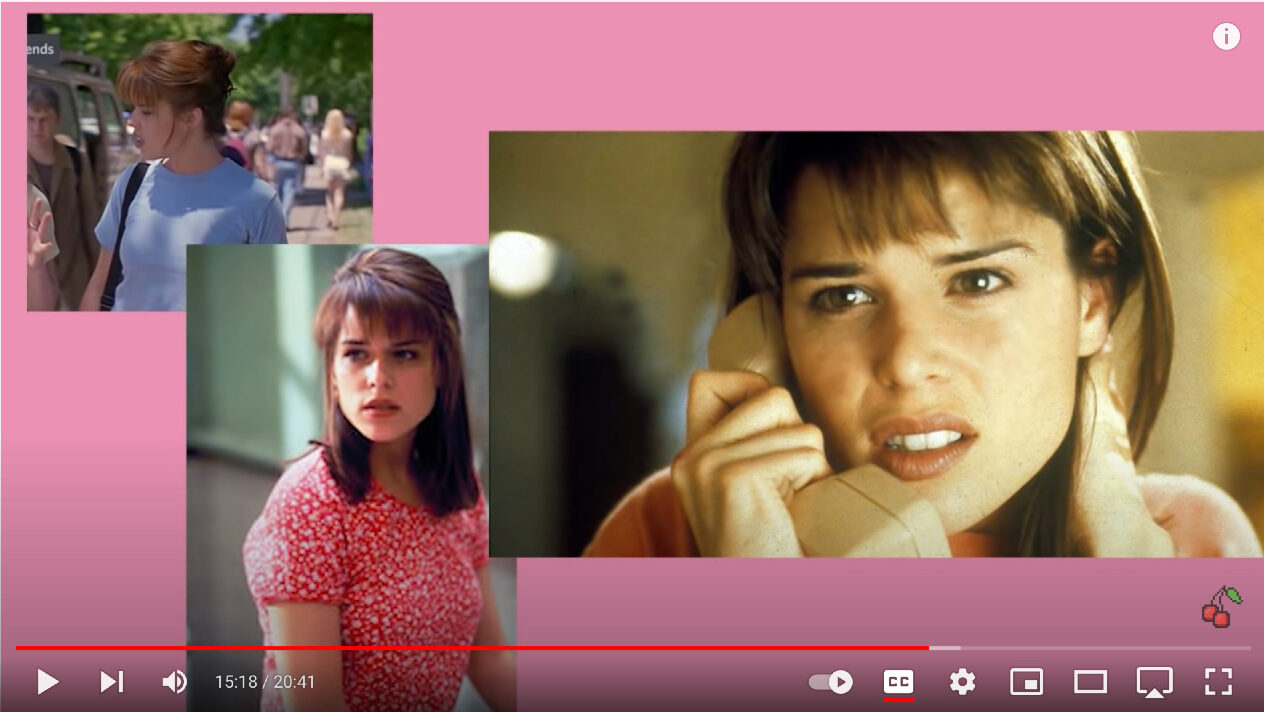
In a media landscape that can feel impossible to get a handle on, with new releases daily across numerous platforms, the role of the critic has never been more vital for individual viewers. When content is pumped out at an ever-increasing speed, consumers look to the critic to shape their viewing habits, to tell them what is worth seeing, and why. Film criticism fills many roles, from analysis of specific films, to curation of the films that “deserve” to be written about.
Media criticism is also still heavily dominated by men. According to “Thumbs Down 2020: Film Critics and Gender, and Why It Matters” by Dr. Martha M. Lauzen, “Men continue to outnumber women as film reviewers in the U.S. There are almost 2 male reviewers for every 1 female reviewer. Men comprise 65% and women 35% of all film reviewers.” These numbers aren’t great and the findings also highlight a dramatic lack of both female and male film critics of color. From the same report, we find that 70 percent of female reviewers and 73 percent of male reviewers are white.
When traditional media fails to provide the cultural analysis diversity many of us require, there is a place to turn to fill the void. YouTube channels that analyze films and videos are nothing new, but many of the largest channels look very similar to the media landscape as a whole. If you do a little digging, however, there is a wealth of smaller channels providing commentary, reviews, and analysis from a wide range of backgrounds and intersectionalities.
Whether you want to do makeup and rediscover early 2000s films with Jaime French, watch “Town of Tawiah” analyze the tropes of Black women in reality TV, or reconsider the queer subtext of “Jennifer’s Body” with “cherry bepsi,” there is a whole world of media criticism to be found.
Here are Women and Hollywood’s latest web channel selections.
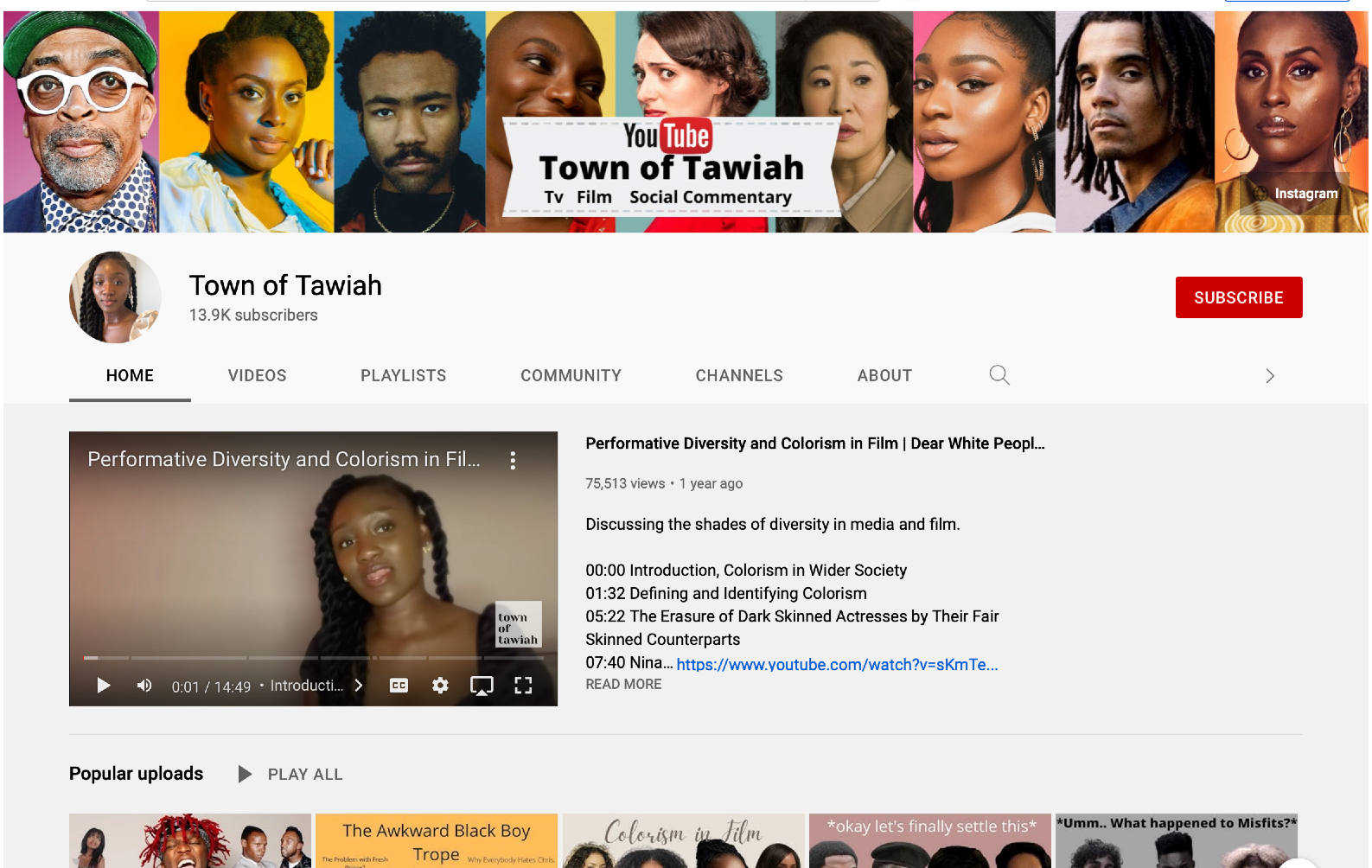
“Town of Tawiah”
Akua Daniella runs “Town of Tawiah“, a YouTube channel where she analyzes films, reality TV, and larger film tropes and trends. She describes her channel as “a community where [she shares] timeless creative content and celebrate inclusivity in film, theatre, and wider society.” Daniella’s channel has in-depth videos that analyze colorism, Black British actors playing African American roles, and the portrayal of Black women in the media. She also has videos that shout out Black-owned businesses in the U.K., and her work is featured on other channels like Viral Debates Live and Yhara zayd’s film analysis channel.
In her video “Why I’m Tired of Black Women Struggle Stories… |Love Island, Chewing Gum, HTGAWM & More,” Daniella breaks down the common tropes of Black women in media and then combines them to identify a new, common trope. She looks at “The Jezebel,” “The Angry Black Woman,” and “The Strong Black Woman,” all with historical context, and then rolls them up into what she deems “The Distressed Black Woman,” who is a combination of all the tropes that came before.
She applies this analysis specifically to “Love Island” and argues that the Black women are set up to be miserable by the producers who fail, time and again, to cast any men who date Black women. Daniella also makes the point that, in homogeneous white countries, viewers’ only exposure to Black people may be through media depictions. The damage done by these flattening stereotypes is then exported to places that have no counter-programming at all.
“Sex Education Netflix Season 3 Review – Let’s Talk Intersectionality |Eric Cal Hope & White Feminism” is a look at how Hope, the new principal in “Sex Education,” pits minority students against one another and weaponizes her own marginalization against them. There is also an examination of the intersectionality of Eric’s identity as a gay African teen, with Daniella pointing out that the show creates a realistic portrayal of his Nigerian family’s homophobia while also showing their love and warmth.
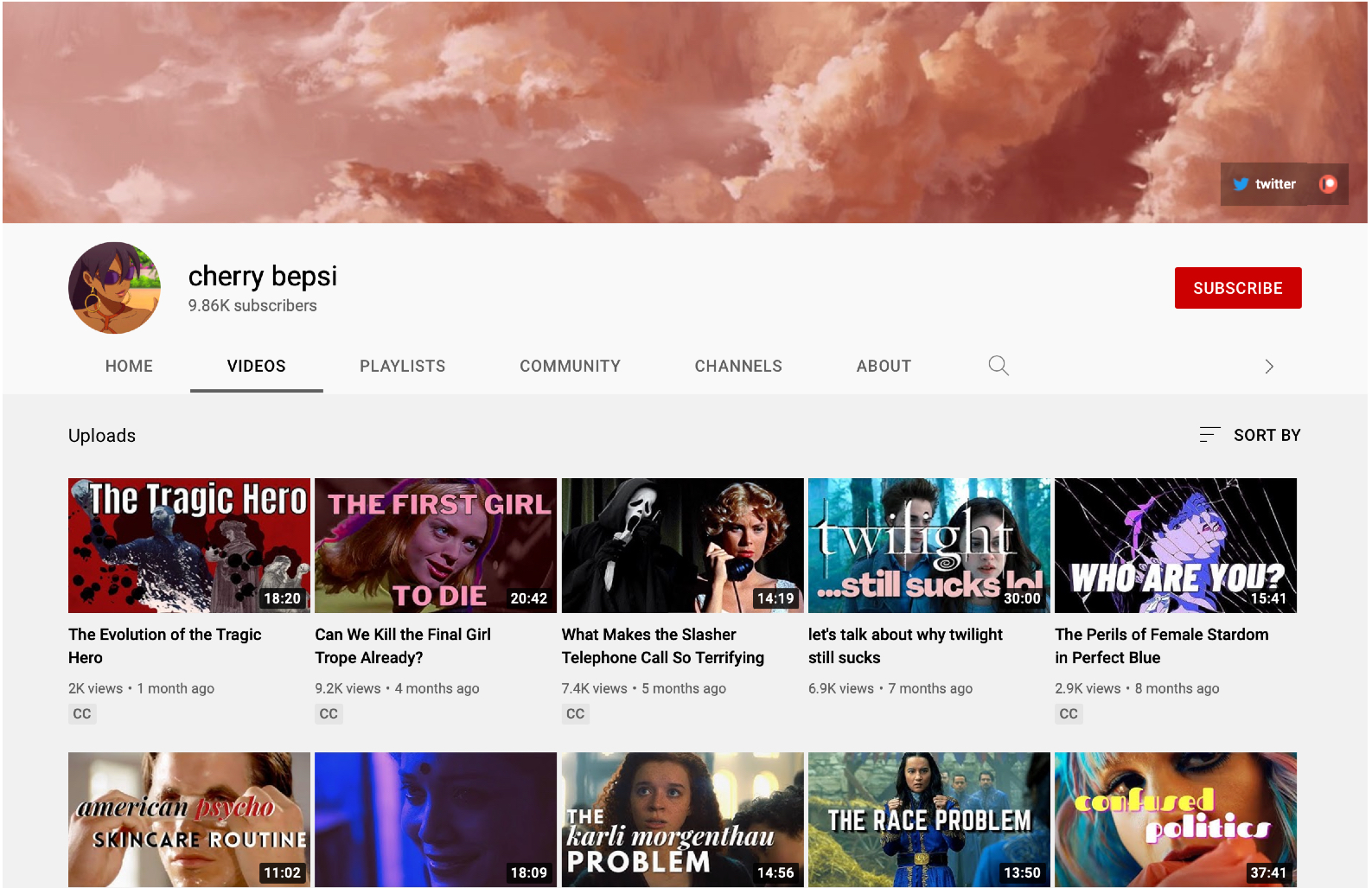
“cherry bepsi”
Mandeep runs “cherry bepsi,” where they analyze horror tropes, queer subtext in teen movies, the unhinged white woman trope, the fashion of the live-action “Aladdin,” and much more. In the video “Can We Kill the Final Girl Trope Already?” Mandeep not only does a rundown of the trope but also points out how even in more current “meta” horror films, the Final Girl still exists. While the original analysis of the Final Girl trope was largely Freudian, Mandeep argues that the Final Girl is not a sexless male stand-in, but the Christian American “Good Girl” who doesn’t stray too far into bimbo or butch territory. This video also includes a discussion of trans women and trans women of color in horror and points out that they are often cast as the antagonists in horror films. There is also a meta-analysis of the girl who dies first in these sorts of films and what that says about who gets to live at all.
In “Jennifer and Needy’s Toxic Relationship | JENNIFER’S BODY” Mandeep takes a look at the larger trope of toxic girl friendships in media and points out that most LGBT+ research done about teens is focused on boys. Queer female sexuality is often overlooked or subjugated to the male gaze. Mandeep argues that compulsive heterosexuality in high school is often suppressed into intense female friendships that leave the girls lashing out at one another about feelings they can’t express. In “Jennifer’s Body,” the friendship between leads Jennifer and Needy is already outside of the standard high school hierarchy. Hot girls and nerdy girls are not meant to be friends and everyone else is weirded out by their intense relationship. Mandeep also delves into the Queer-coding of villains and the mean girls’ internalized patriarchy.
As a South Asian Punjabi person, Mandeep has many feelings about fashion in their video “let’s revisit the fashion in the aladdin remake | fashion analysis” and deconstructs the cultural mashup of the film and the strange choices made in the fashion. They point out that the animated “Aladdin” film features Jasmine dressing like an Arab belly dancer crossed with a 1990s Californian teenager. The analysis also delves into the colonialism and Orientalism of the original text and points out the director and costume designer of the live-action film are both white men. Mandeep shows a number of contemporary fashions of the region the film is supposedly set in and discusses how it could have been styled more accurately.
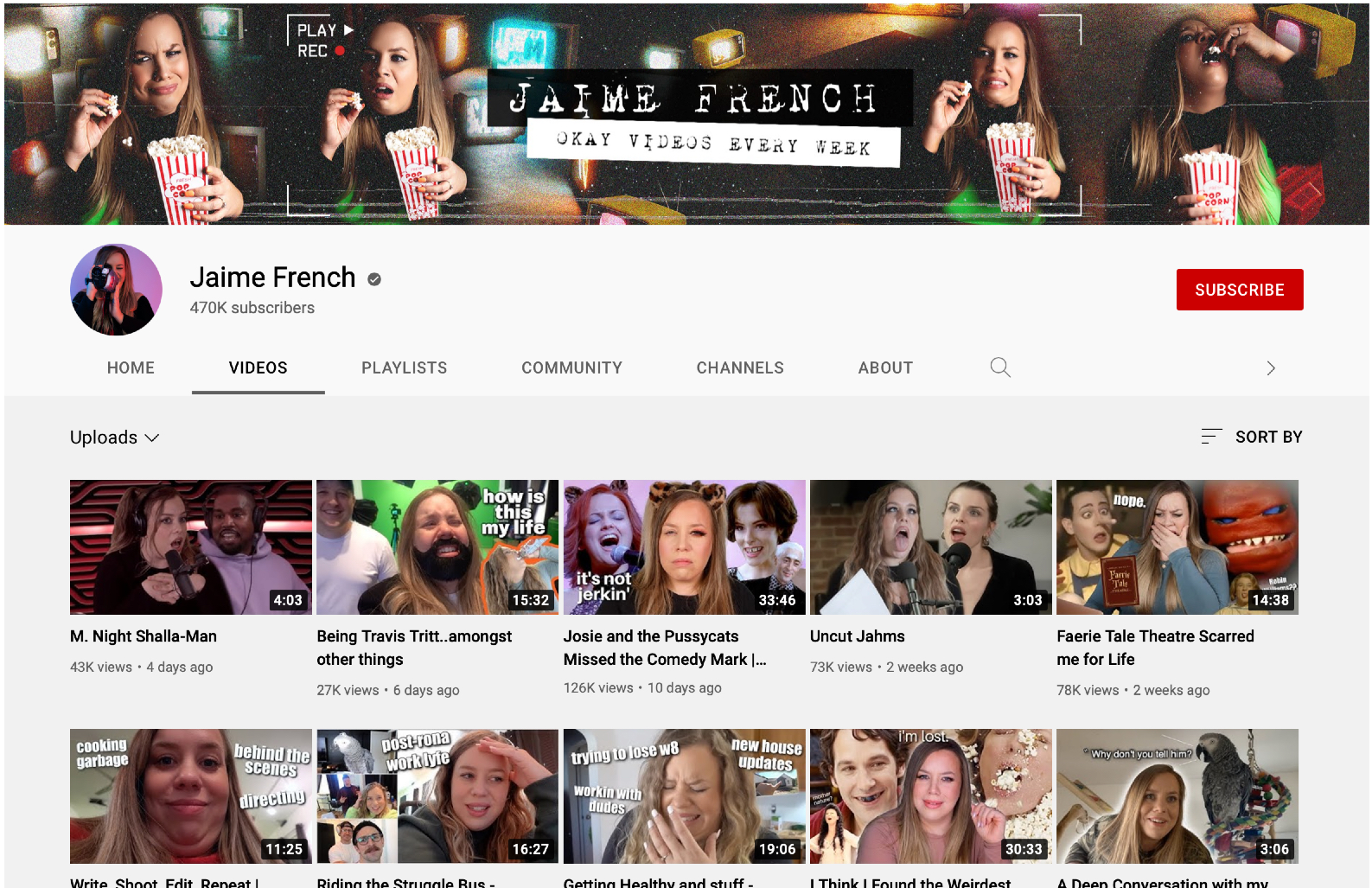
“Jaime French”
Jaime French started out as a beauty YouTuber and now creates film review videos that focus on rom-coms, the ’90s and early aughts, and oddities like the Vanilla Ice movie. French’s film style is a combination of analysis, sketch comedy, and parody and she is very funny and irreverent. She has a parrot who makes appearances during her ad spots and has videos on plus-sized fashion, Q&As, and parody songs. Her film videos have two styles: straight-up analysis/commentary, and the Makeup & Movies series in which she does a full makeup look while talking about a film. Both are well worth a watch.
French’s motto is “Just a beige Becky creating garbage content for the masses,” which should give you a sense of her general vibe.
In her video “He’s All That is Gross, Dude” French delves into both the Netflix film and the concept of a sequel. Though “She’s All That” alumna Rachael Leigh Cook appears in the “sequel” she plays a completely different character which begs the question, why is she in the film at all? Using a combination of film clips, green screen self-inserts, and sketches, French offers a hilarious take on the reboot.
“Josie and the Pussycats Missed the Comedy Mark | Makeup & Movies” delves into the joke of this film, its meta-analysis of capitalism, and how sometimes “getting the joke” doesn’t make a film any funnier. This is an episode that really delves into comedy and what makes something funny — not just the idea, but the actual execution. French finishes her analysis by reading some reviews of the film and commenting on those, adding an analysis of other people’s analysis.

 ValVades
ValVades 







